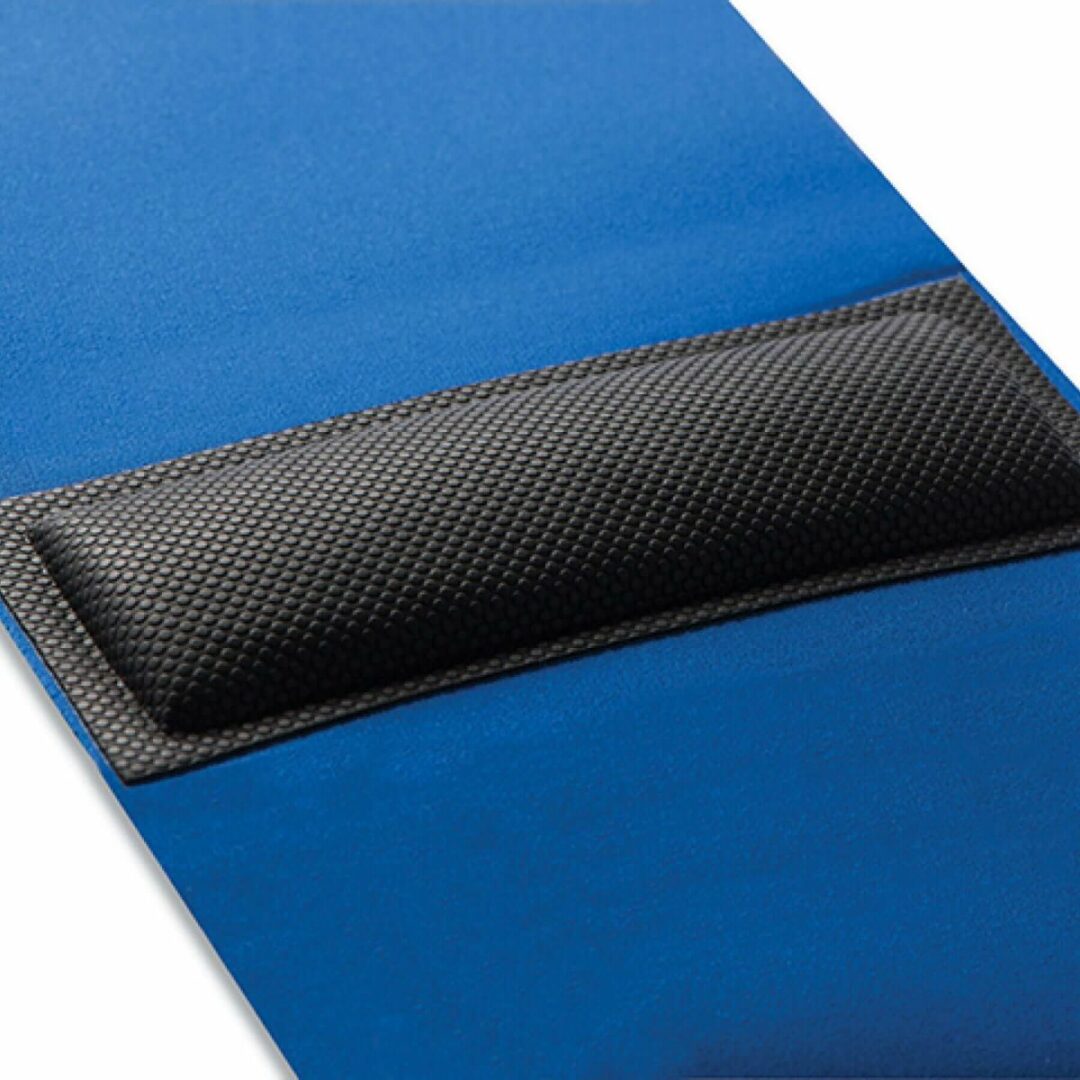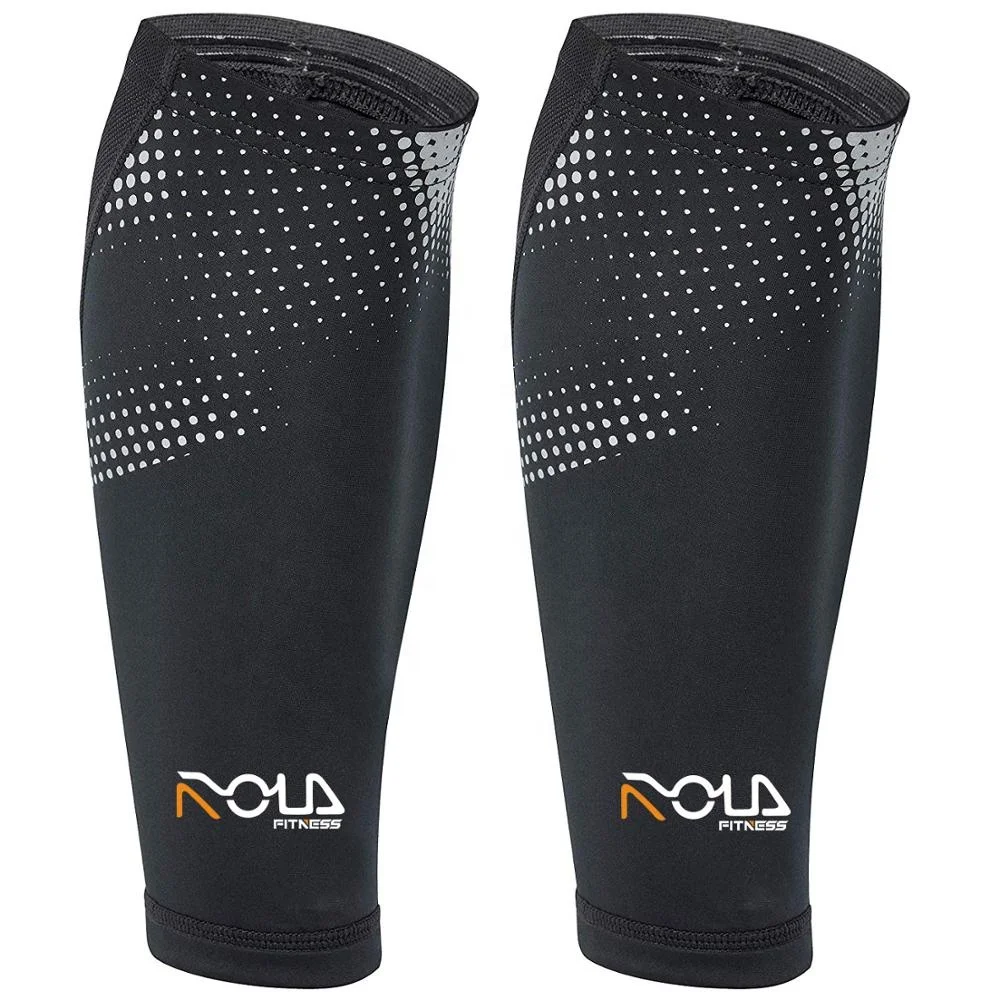

COMPRESSION FOR SHIN SPLINTS SKIN
It is not always possible to detect whether the bruise is a superficial skin injury or on the bone. However, the injury is typically deeper than the familiar bruises that appear on the skin.Īlthough a person can bruise any bone, bones nearer the skin, such as the shin, are most common.Īn X-ray may not show up a bone bruise. This causes discoloration to the skin around the damaged area. The trauma also damages blood vessels and blood and other fluids build up in tissues.

Unlike with a broken bone, an imaging scan or a bone bruise will not show a clear fracture line or change in bone shape. A bone contusion is another name for a bone bruise.Ī bone bruise occurs when a traumatic injury to a bone causes microfractures. They tend to appear within 48 hours of an injury and can take up to 6 months to heal. It can result from an injury, such as a fall or playing sports.
COMPRESSION FOR SHIN SPLINTS HOW TO
This article will cover a range of reasons why a person may have shin pain, as well as symptoms, treatments, and how to prevent them.Ī bone bruise on the shin results from direct trauma, such as a blow or impact to the leg. If there is unusual growth or a lump, they should see a doctor, who may carry out tests to see if there is a benign or malignant tumor. However, a person should seek immediate medical help if there is severe pain, swelling, and bruising, if the shin looks an unusual shape, or the person has heard a snapping sound.

In many cases, a person with shin pain will not need to see a doctor. But there are many other causes of shin pain, such as an injury, bone bruise, or stress fracture. People describe shin splint pain as sharp or as dull and throbbing.Īccording to the American Academy of Orthopaedic Surgeons (AAOS), shin splints are a common cause of shin pain. Medial tibial stress syndrome, or shin splints, is the inflammation of the tendons, muscles, and bone tissue around the tibia. or a problem with bone growth, such as a tumor. However, other issues can also cause shin pain, such as a minor injury, a fracture, a bone bruise. People may typically associate shin pain with shin splints.


 0 kommentar(er)
0 kommentar(er)
